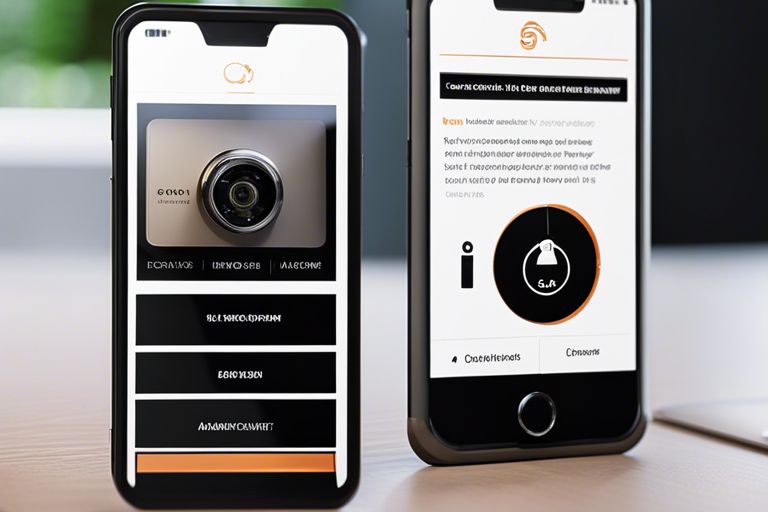Introduction
Social engineering is a technique used by hackers and malicious individuals to manipulate people into revealing sensitive information or performing actions that could compromise security. Conducting a social engineering test is an essential step in assessing the vulnerability of an organization’s employees and systems to such attacks. In this blog post, we will discuss the steps involved in conducting a social engineering test.
Step 1: Define Objectives
The first step in conducting a social engineering test is to clearly define the objectives. Determine what information or actions you want to obtain through the test. For example, you may want to assess the employees’ susceptibility to phishing attacks or their willingness to share passwords.
Step 2: Plan the Test
Once the objectives are defined, it is crucial to plan the test carefully. Decide on the methods and techniques you will use, such as phone calls, email phishing, or physical impersonation. Consider the legal and ethical implications of the test and ensure that all necessary permissions and approvals are obtained.
Step 3: Gather Information
The success of a social engineering test depends on the availability of accurate and relevant information. Collect as much information as possible about the target organization, its employees, and its security policies. This information will help you tailor your social engineering tactics to the specific context.
Step 4: Execute the Test
During this step, you will put your social engineering tactics into action. This may involve making phone calls pretending to be a trusted individual, sending phishing emails, or attempting to gain physical access to restricted areas. Document each interaction and the responses received.
Step 5: Analyze the Results
Once the test is completed, it is essential to analyze the results. Evaluate the effectiveness of the social engineering tactics used, identify any vulnerabilities or weaknesses in the organization’s security measures, and determine the overall risk level.
Step 6: Report and Remediation
Finally, prepare a comprehensive report detailing the findings of the social engineering test. Include recommendations for remediation and strengthening the organization’s security posture. Share the report with the relevant stakeholders and collaborate on implementing the necessary security measures.
Conclusion
Conducting a social engineering test is a proactive approach to identify and address vulnerabilities in an organization’s security. By following the steps outlined in this blog post, you can effectively assess the susceptibility of employees and systems to social engineering attacks and take appropriate measures to mitigate the risks.






